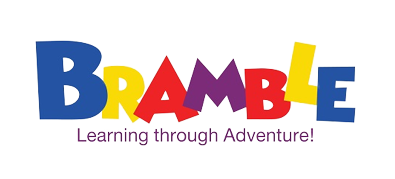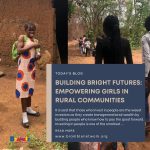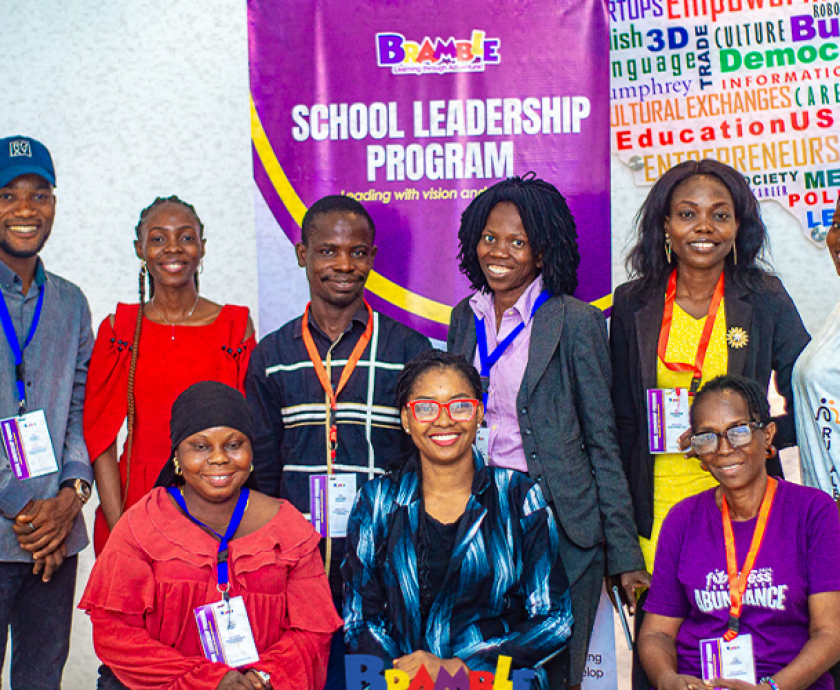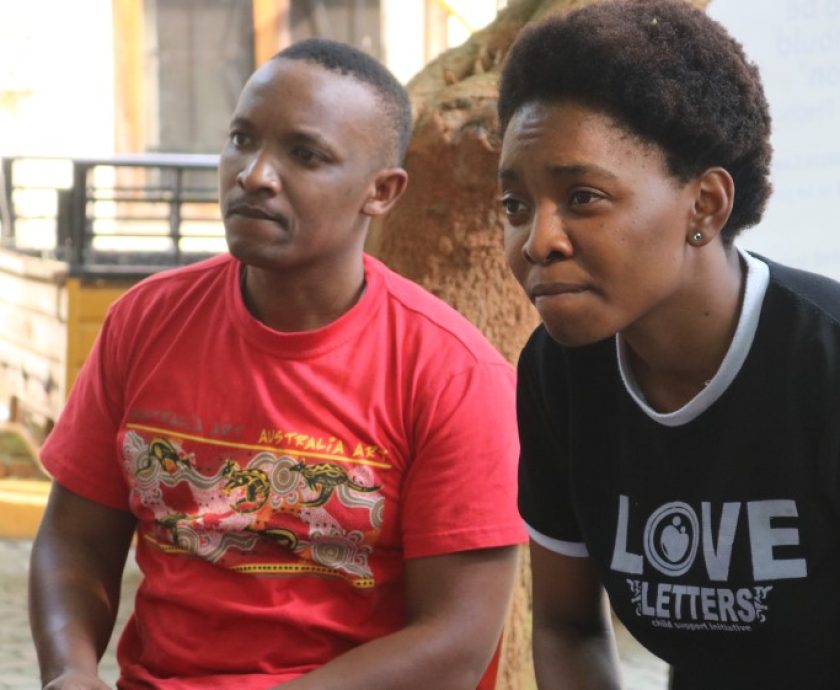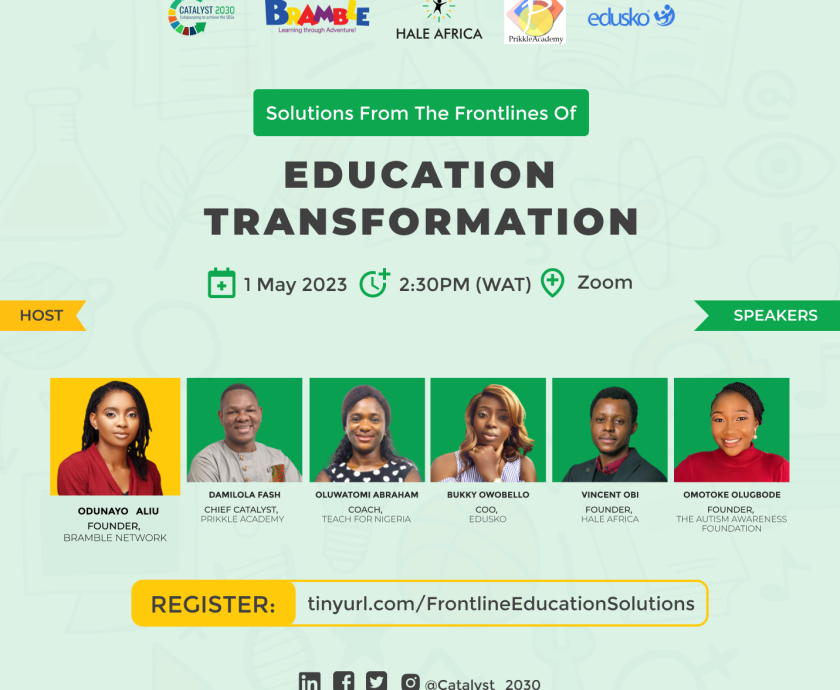Education: an ever-present force that moulds minds, shapes futures, and unlocks the doors of possibility; but are our educational systems truly preparing learners for the challenges of tomorrow? What if schools were cultural centres buzzing with cutting-edge technology and vibrant programs? What if joy, curiosity, and the ability to ask the right questions became the true measure of a successful education? And dare we imagine classrooms where Beyoncé’s influence is celebrated as much as Aristotle’s wisdom?
The world is evolving at an unprecedented pace, and it is crucial that our education system keeps up with the changing needs and aspirations of learners. As an advocate for alternative education, I firmly believe that it’s time for a transformation in how we approach education. The current education landscape often falls short of engaging and empowering learners, leaving them disconnected from real-world applications and lacking essential skills. In this article, I will be sharing a series of practical and thought-provoking steps to achieve system change in education. These steps are inspired by alternative education principles and are designed to transform schools and learning spaces into dynamic training grounds that prioritise creativity, critical thinking, and self-discovery.
Curriculum and Real-World Skills Alignment:
Can you ask a group of accomplished people to list the top 10 life lessons they’ve learnt and their top three must-have skills? We can identify gaps and opportunities for growth by contrasting these findings with the current national curriculum, in my opinion. Successful professionals from various disciplines should be included as we set out on the path to a more effective educational system.
Honor Transparency and Relevance:
Transparency is essential when assessing our educational procedures. Let’s be honest about when a subject or a teaching strategy is ineffective, dull, or just a waste of time. By doing this, we open the door to change and development. Making learning a more active process requires us to actively embrace relevance by designing learning content with learners’ interests at heart.
Fostering Literacy, Creativity, and Play in Primary (Elementary) School:
Give literacy, creativity, and play a priority during the early stages of education. The growth of a child as a whole depends on these fundamental abilities. We may establish the framework for lifelong learning by creating a supportive environment that fosters imagination, curiosity, and self-expression in these formative years for learners.
Celebrating Learning:
We must celebrate learning if we hope to counter the draw of entertainment and popular culture. In our various institutions, we need to foster a culture that appreciates and honours learning, curiosity, and academic accomplishments. We may encourage a lifelong love of learning by recognizing it in an engaging and inspiring way for learners. This can mean giving thoughtful comments and feedbacks to outstanding learners or celebrating them like rockstars on reality TV shows. The same goes for educators. They must be empowered since they are essential to determining the direction of education. By giving them chances for expansion, cooperation, and exploration, you may empower them to direct their own professional development.
Encourage Joy, Curiosity, and Questioning:
Can we redefine the parameters used to assess a learner’s performance? Give delight, curiosity, and the capacity to raise important questions at the appropriate times a top priority. Insist on these characteristics as signs of a dynamic learning environment that supports intellectual development, creativity, and critical thinking abilities. Learners don’t have to always write tests and exams!
Programs for Mentoring and Internships:
Create extensive programs for mentoring and internships for learners of age 12 and above. With the help of these courses, learners can apply what they have learned in real-world situations. We close the gap between school and the workplace by putting learners in touch with specialists and professionals across a range of fields.
Work in collaboration with parents, local experts, and business leaders to involve them in the educational process:
Encourage them to share their knowledge, abilities, and experiences with learners by serving as teachers or co-teachers. We establish a holistic learning ecosystem by building close ties between education and the community.
Use Technology:
Interactive libraries and YouTube channels utilise technology’s power to improve learning opportunities. Instead of using traditional textbooks, use networks like YouTube channels and selected video playlists as useful teaching materials. Use innovative technologies to transform libraries into app-like environments that encourage students to explore, discover, and create.
Make the Aim of Education in Self-knowledge:
Encourage pupils to search out their interests, skills, and purposes. Encourage them to understand what they must know and how they can use what they have learned to improve the world.
Achieving system change in education requires a bold and innovative approach. At Bramble Network, these practical steps have guided our approach to education. By implementing these practical steps, we can all create a transformative learning environment that nurtures learners’ passions, cultivates critical skills, and prepares them for success in an ever-changing world. We hope you’ll find these steps useful as you break free from the shackles of outdated practices and embark on an interesting journey of system change in education.
